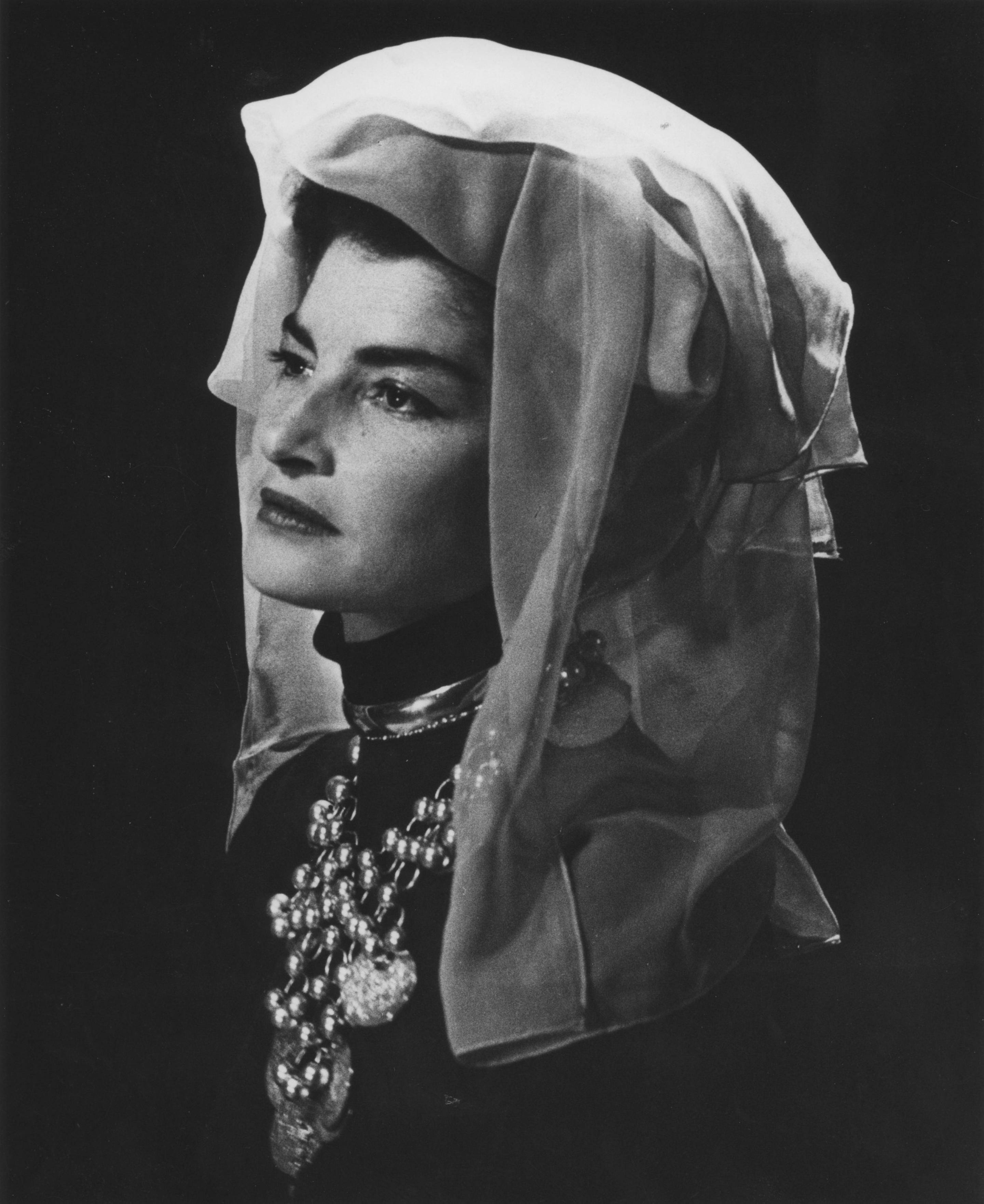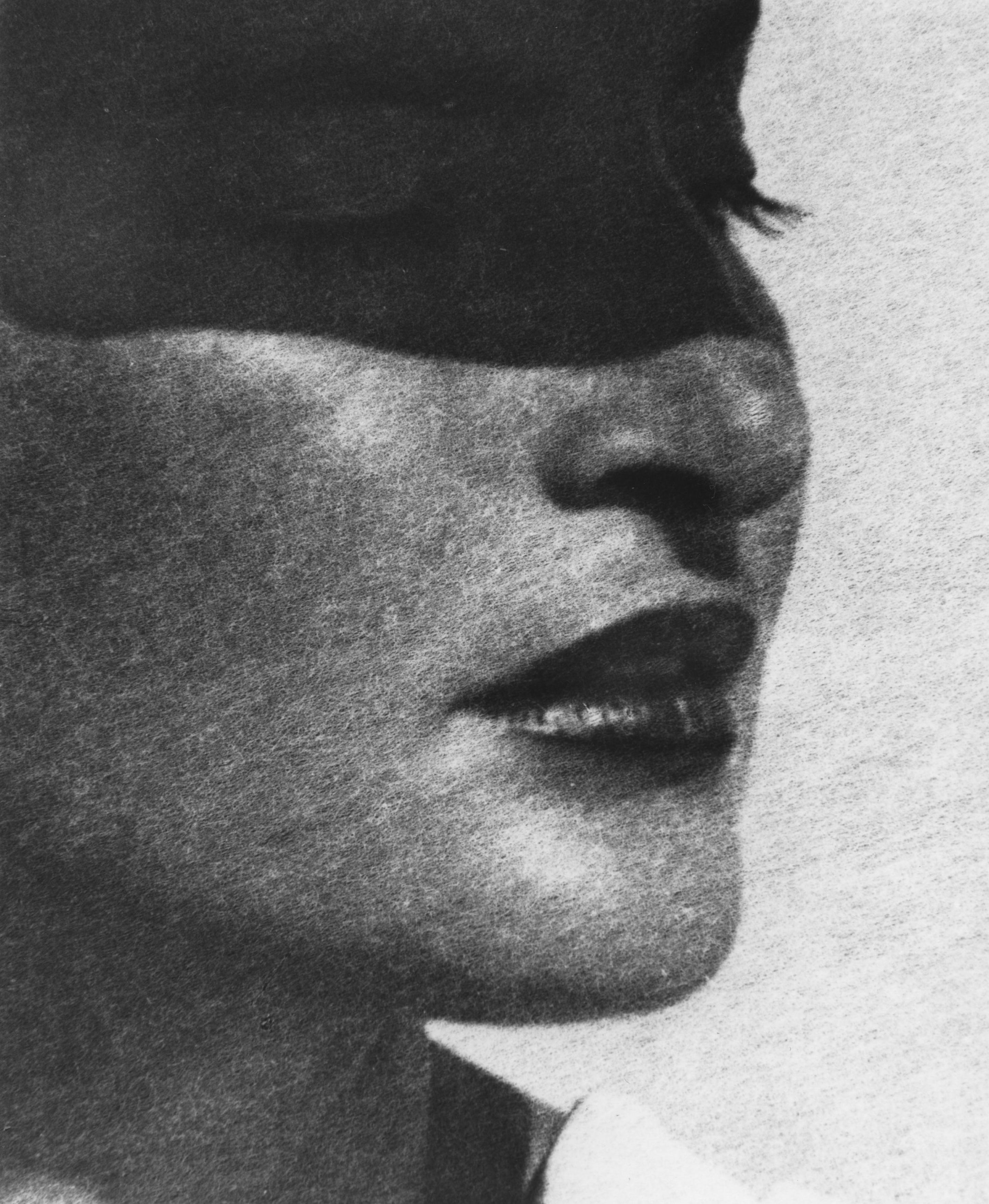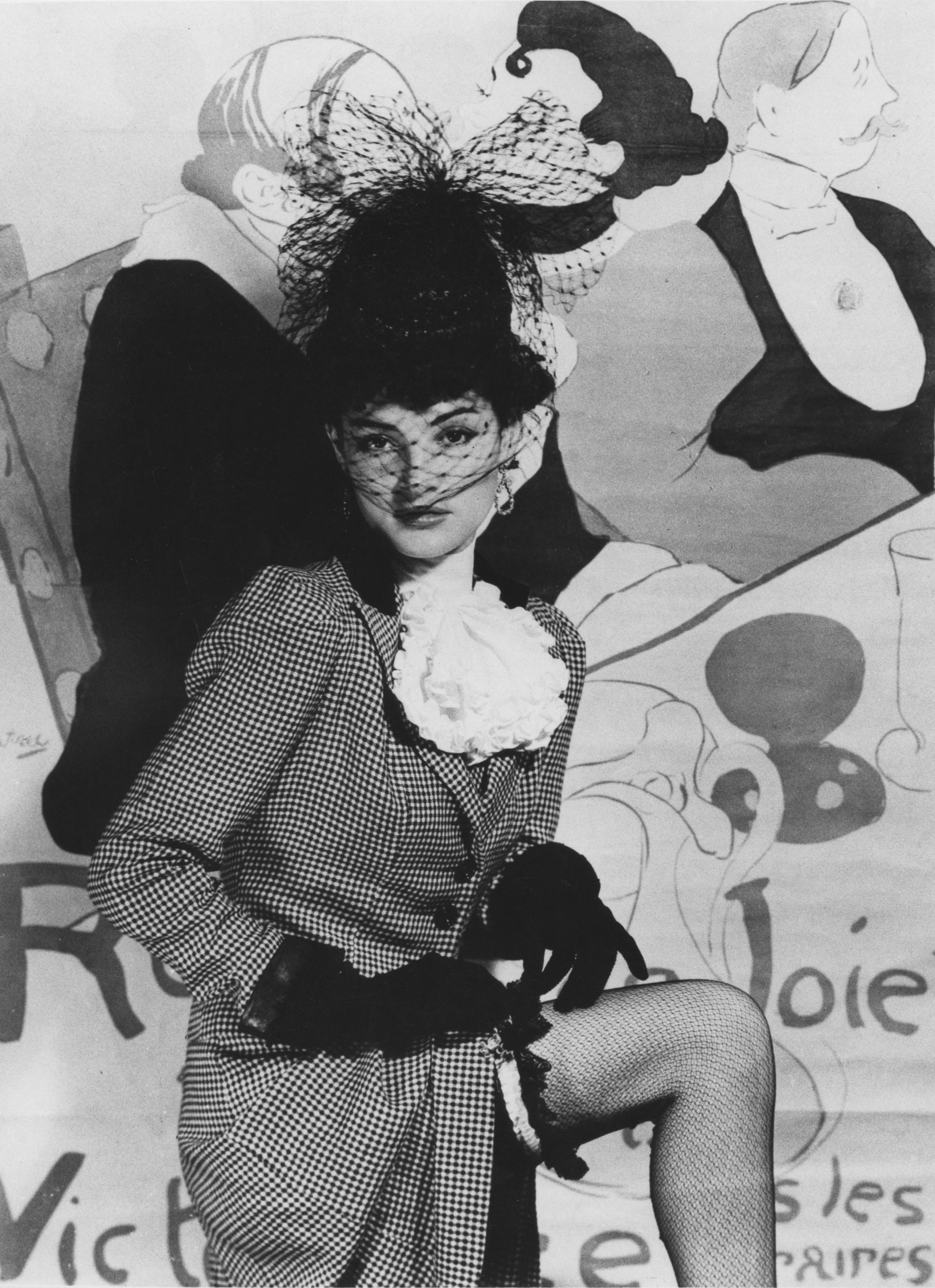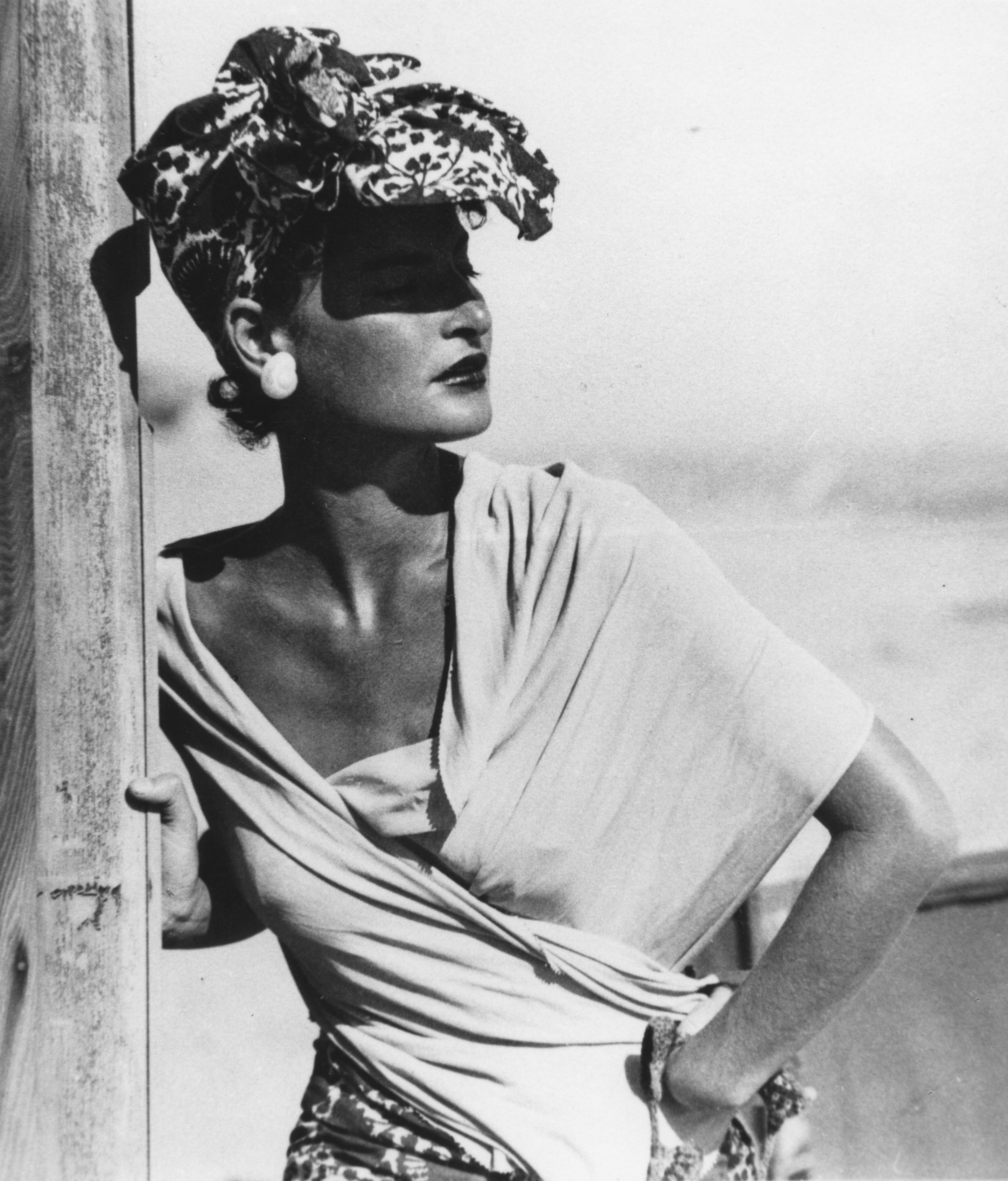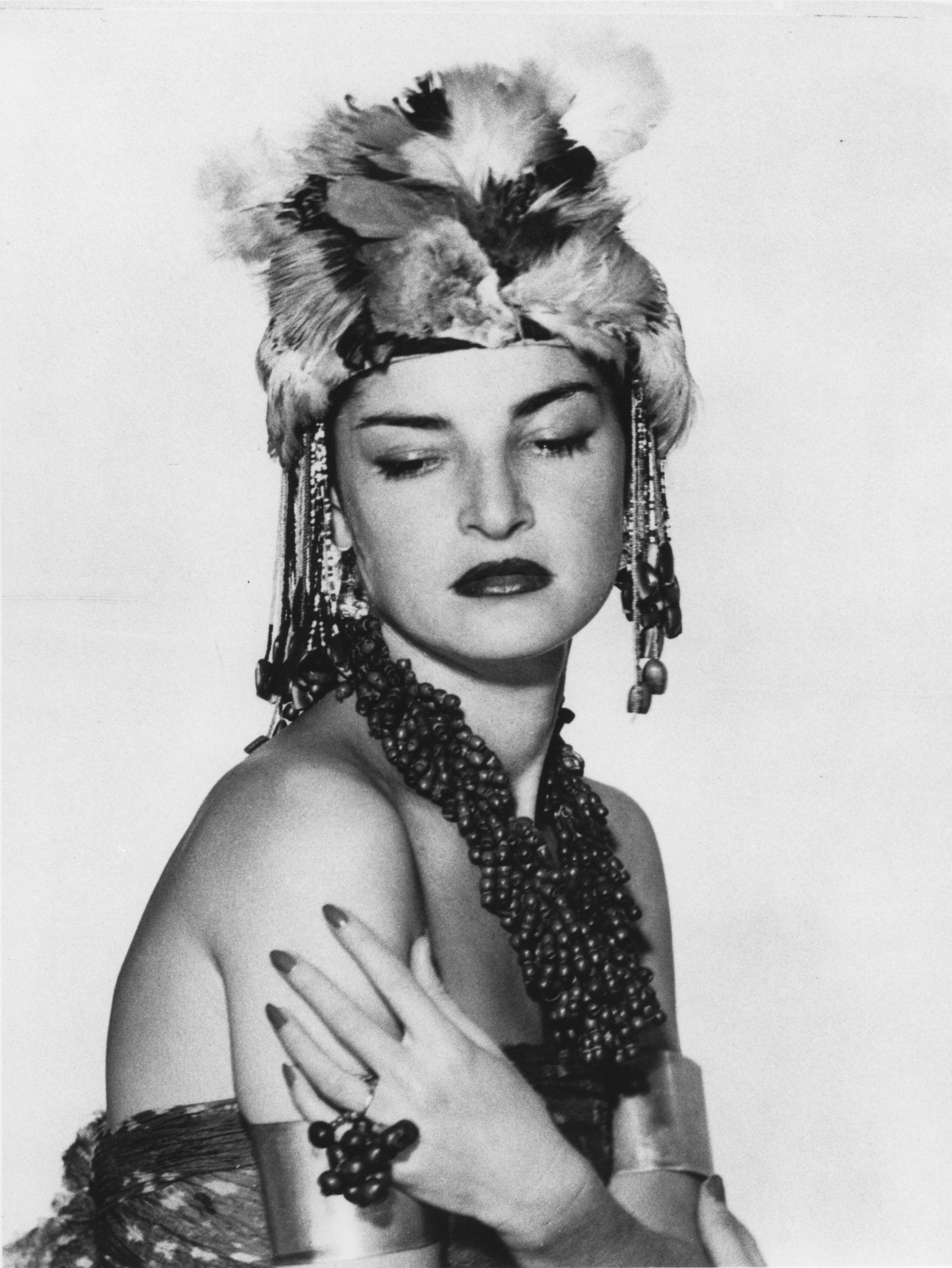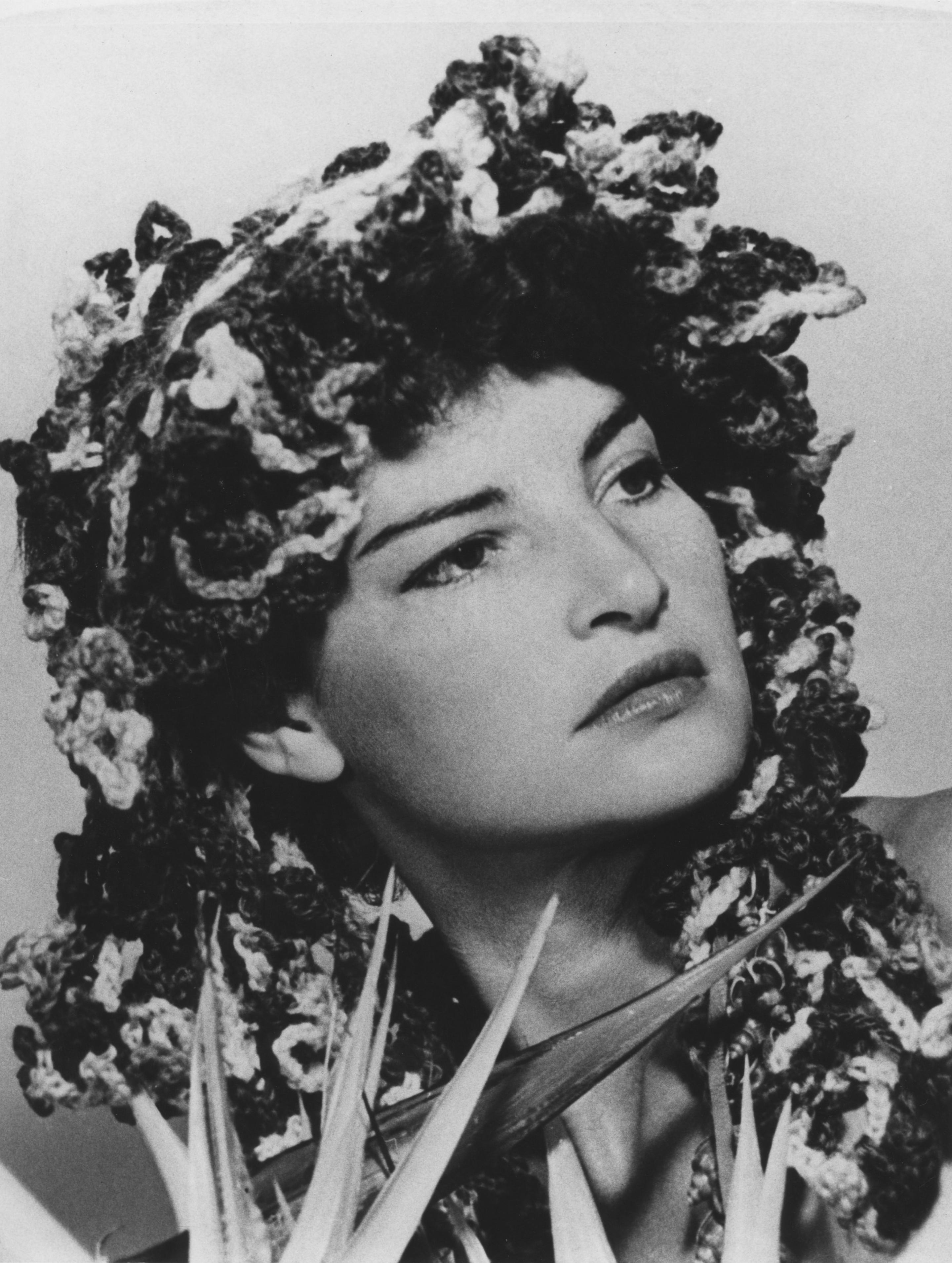Press Release
ManRay
The Fifty Faces of Juliet
Opening: June 9, 2011
June 20 – July 22, 2011
The Fifty Faces of Juliet
Opening: June 9, 2011
June 20 – July 22, 2011
The Marconi Foundation is delighted to announce the exhibition The Fifty Faces of Juliet by Man Ray.
The Fifty Faces of Juliet is a collection of fifty photographs of Man Ray’s wife taken by the artist between 1941 and 1955. Man Ray met the charming Juliet in California, in Hollywood in 1940 and later in 1946 they got married with Max Ernst and Dorothea Tanning in a double wedding ceremony in Beverly Hills.
Those fifty photographs are “a message and Man Ray’s declaration of love” to Juliet that represents his last lover, his companion, his friend, his wife but also his model and muse. Her face is unforgettable. (...)
These fifty images are the story of a life; at any event, Man Ray always photographed her with consideration and desire, he respected her beauty, but each time reinvented, rewrote, redrew, recomposed, modified, exalted it by means of pencil marks, graphic touches, overlaying her with some fabric or tansparent mesh, hiding her behind a mask, framing her face in a huge winged hat, revealing her in all her naked beauty, or transforming her into an embroidery. He described the fifty souls of Juliet. These photographs are fifty different version of Juliet: there’s Juliet playing the violin, in a model pose, with elegant hats, there’s Juliet the sensual, with her face in a close-up, Juliet laid down or crouched... Another recurrent feature is the frequent attention Man Ray gives to Juliet’s hands, often arranged close to her face and in some cases her hands are the subject of the photo, gloved. bare or solarised. This album is experimental, it gathers all the artist’s research on light as solarisation, overdeveloping, dithering and the grainy look obtained while taking or developing the photos, beyond some of the shoots were touched up with coloured pastels, and Man Ray used tissue paper or other different types of semi-transparent paper during processing the negative.
The Fifty Faces of Juliet is a collection of fifty photographs of Man Ray’s wife taken by the artist between 1941 and 1955. Man Ray met the charming Juliet in California, in Hollywood in 1940 and later in 1946 they got married with Max Ernst and Dorothea Tanning in a double wedding ceremony in Beverly Hills.
Those fifty photographs are “a message and Man Ray’s declaration of love” to Juliet that represents his last lover, his companion, his friend, his wife but also his model and muse. Her face is unforgettable. (...)
These fifty images are the story of a life; at any event, Man Ray always photographed her with consideration and desire, he respected her beauty, but each time reinvented, rewrote, redrew, recomposed, modified, exalted it by means of pencil marks, graphic touches, overlaying her with some fabric or tansparent mesh, hiding her behind a mask, framing her face in a huge winged hat, revealing her in all her naked beauty, or transforming her into an embroidery. He described the fifty souls of Juliet. These photographs are fifty different version of Juliet: there’s Juliet playing the violin, in a model pose, with elegant hats, there’s Juliet the sensual, with her face in a close-up, Juliet laid down or crouched... Another recurrent feature is the frequent attention Man Ray gives to Juliet’s hands, often arranged close to her face and in some cases her hands are the subject of the photo, gloved. bare or solarised. This album is experimental, it gathers all the artist’s research on light as solarisation, overdeveloping, dithering and the grainy look obtained while taking or developing the photos, beyond some of the shoots were touched up with coloured pastels, and Man Ray used tissue paper or other different types of semi-transparent paper during processing the negative.
In the early Fifties Man Ray decided to use these fifty photographs to realise a book as a homage to Juliet.
For a while he searched in vain for finding a publisher in Paris and then decided to give up. Later Giorgio Marconi came across those photographs and asked if he could purchase them.
Man Ray said that he’d sell them if and when he could find someone who could publish them in a book.
In 1981 on the occasion of an exhibition at Fondazione Mazzotta, Giorgio Marconi was able to set the publication of the book with Gabriele Mazzotta.
Juliet, keeping Man Ray’s promise, sold the photos to Giorgio Marconi but she replaced one of the images with another coloured one that she liked more. But the book was not as Man Ray would have liked.
The first edition of the book was published but Giorgio Marconi was already thinking to a new version, with full-scale photos and with the image originally chosen by Man Ray.
Juliet accepted the idea and Giorgio Marconi gave her back the coloured photo.
On the occasion of the exhibition the new Fifty Faces of Juliet will be launched as it had been conceived and intended by Man Ray.
The book, published by Carlo Cambi in collaboration with Fondazione Marconi, is an anasthatic full-scale edition in Italian and English, composed of fifty original vintage prints reproduced in their original format, 1.000 numbered copies available.
For a while he searched in vain for finding a publisher in Paris and then decided to give up. Later Giorgio Marconi came across those photographs and asked if he could purchase them.
Man Ray said that he’d sell them if and when he could find someone who could publish them in a book.
In 1981 on the occasion of an exhibition at Fondazione Mazzotta, Giorgio Marconi was able to set the publication of the book with Gabriele Mazzotta.
Juliet, keeping Man Ray’s promise, sold the photos to Giorgio Marconi but she replaced one of the images with another coloured one that she liked more. But the book was not as Man Ray would have liked.
The first edition of the book was published but Giorgio Marconi was already thinking to a new version, with full-scale photos and with the image originally chosen by Man Ray.
Juliet accepted the idea and Giorgio Marconi gave her back the coloured photo.
On the occasion of the exhibition the new Fifty Faces of Juliet will be launched as it had been conceived and intended by Man Ray.
The book, published by Carlo Cambi in collaboration with Fondazione Marconi, is an anasthatic full-scale edition in Italian and English, composed of fifty original vintage prints reproduced in their original format, 1.000 numbered copies available.
